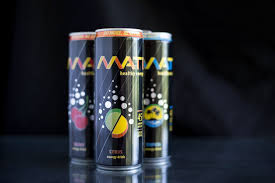Sean Whalen is the founder of AlterG. The AlterG treadmill is an anti gravity treadmill, that was invented in 2005. Sean and his father developed the treadmill in their family garage using NASA technology which uses air pressure to make the user feel weightless. The treadmill was initially developed so that astronauts could exercise in space, but it started being used in other ways too.
The AlterG treadmill is used to this day by many professional sports teams as well as professional athletes in generally. Tom Brady himself has purchased two of the AlterG treadmills for himself. Even Olympic training centers use Sean’s treadmills.
While the use of the AlterG treadmills in sports has been a fantastic discovery, the treadmills have begun being used for physcial therapy by rehabilitation centers across the United States. Sean’s work with AlterG has not only benefited himself, with his $10 million net worth, but he has managed to make a change in areas of fitness and medical practices.
Sean is an extremely successful entrepreneur, not only because of the money he has made, but also because of the changes he’s been able to make in the world. I admire Sean for his hard work and for what he has done for others. Sean Whaler turned a way to help astronauts exercise into a form of physically therapy used by some of the most famous athletes and some of the biggest medical facilities in the world.








 gether at age 18 when he started No Cow. He, like many others have problems with dairy so he created his own non-dairy, low sugar products.
gether at age 18 when he started No Cow. He, like many others have problems with dairy so he created his own non-dairy, low sugar products.